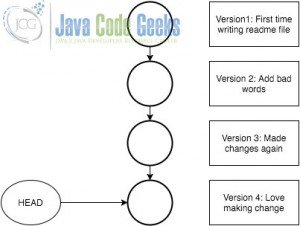


Looking at the contents of test_file shows us that our latest text additions aren't present, and our new_test_file no longer exists. I think all youve done is introduce your ProductBranch to remote. Git will tell us that the HEAD is now at the commit hash specified. Check on your remote repo, and see if your master branch took in the new commit. There are a few different ways to undo pushed commits in Git, depending on the scenario. In the dialog that opens, select a changelist where the changes you are going to discard will be moved. Select the last commit in the current branch and choose Undo Commit from the context menu. Let's say we then decide to revert to the first commit in the repository. Open the Git tool window and switch to the Log tab. But with git revert, both the original and undo commits remain in history. When we use git reset, we also remove any trace of the unwanted commits from the repository history. The revert command The revert command will create a commit that reverts the changes of the commit being targeted. We'll look at both of them in this article. We use the git reset, revert, and checkout commands for this. There are two possible ways to undo your last commit. Git commit -m "More text added to test_file, added new_test_file" We show three methods to undo pushed commits from a remote repository in Git. We'll lose a ny pending or uncommitted work in the staging index and working index.Īdding on to the example above, let's commit some more content to the file, and also commit a brand new file to the repository: echo "Text to be committed" > test_file Any previously pending changes to the staging index and working directory reset to match the state of the commit tree. After this, the staging index and working index reset to match that of the specified commit.
#GIT UNDO COMMIT PUSHED UPDATE#
The most dangerous and frequently used option with this invocation is commit history, as ref pointers update to the specified commit.


 0 kommentar(er)
0 kommentar(er)
